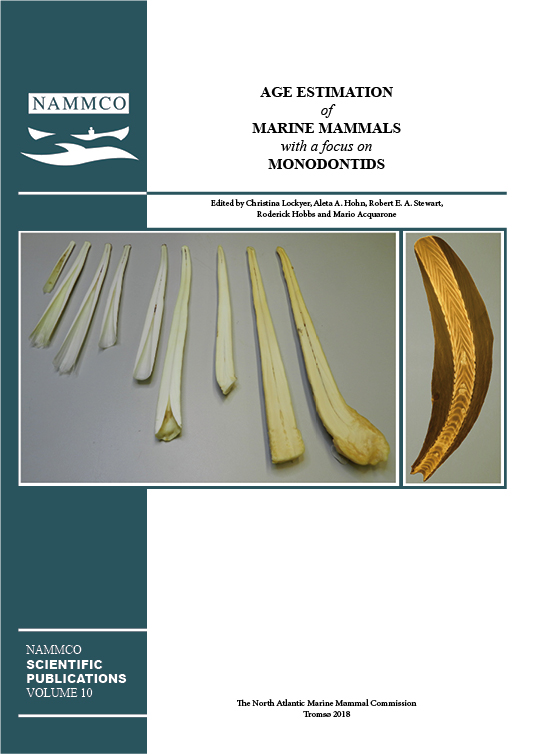An evaluation of age estimation using teeth from South Asian River dolphins (Platanistidae)
DOI:
https://doi.org/10.7557/3.3268Keywords:
age estimation, teeth, river dolphin, PlatanistidaeAbstract
The South Asian river dolphins (Platanista gangetica minor and P. g. gangetica) are endangered, geographically isolated, freshwater cetaceans. Accurate age estimation of individuals is an important aspect of population biology as it is used for calculating parameters such as age at maturity and reproduction, longevity, and growth and survival rates. However this has never been comprehensively studied for this endangered cetacean family. A sample of 41 teeth from 29 skulls stored in museum collections was available. We compared two different aging methods to select the most appropriate. This involved decalcification and freeze-sectioning of teeth at variable thicknesses (10–25 micron), and staining with 1) Toluidine Blue, or 2) Ehrlichs Acid Haematoxylin. Stains were then compared for readability of Growth Layer Groups (GLG). The optimum section was found at 20 micron using Erhlichs Acid Haematoxylin. Both dentinal and cemental GLG were readable and comparable, but cemental GLG were generally easier to interpret because they were better defined. Ages varied from newborn / young of year (with none or only a neonatal line present) to a maximum age of 30 GLG. There is currently no validation available for GLG deposition rate, but it is likely annual because of the extreme seasonal changes in the river habitat.





